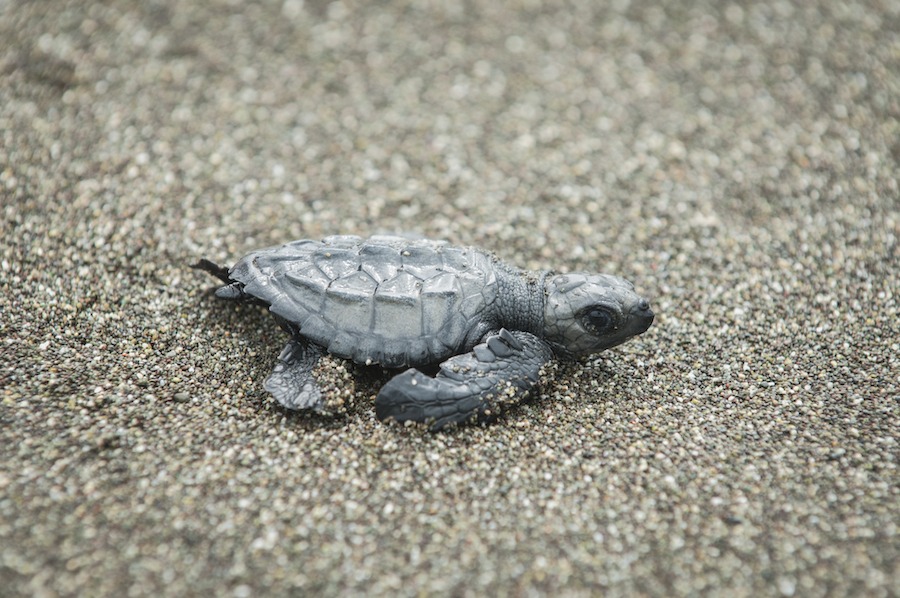Just after Torio on the Azuero Peninsula there is an area before the Cerro la Hoya Park that allows you to go from Russia to Japan and the Philippines without leaving the province of Veraguas. It makes me laugh thinking of the names of the towns in the area. Russia, for example, comes from dew that is similar to Boquete’s ‘bajareque’. This part of Panama is frequented by turtles that will spawn on beaches like Malena and Mata Oscura. Therefore, the inhabitants of the area created a circuit called the “Turtle Route” that offers different activities to visitors.
Booking.comMelissa organized an itinerary to visit the Turtle Route. Her company Amazilia Life makes handmade soaps with goat’s milk. The Turtle Route mainly includes seeing the turtles, grinding sugar cane, mangroves, kayaking, beaches, waterfall trekking, horseback riding in an agro-tourist farm and crocodile tour. It is a tour suitable for families or adventurers. Another tour you can do in the area is to visit Finca Coco Mambo that grows many varieties of pitahaya.


The sunsets in summer are spectacular which can be enjoyed on the beach. There are many beaches in the area such as Restringe, Cacao and Morillo that is famous for its waves sought by surfers. A part of Morillo is suitable for bathing but you must cross a estuary that is best done at low tide. Secret Beach, where you are taken almost with a blindfold, is the best for bathing since the water is crystal clear and there are no waves.
The cane milling is done in the house of the Vergara Gonzalez family where you learn to cut the sugar cane. Then it goes through the mill to grind and later you can drink the refreshing juice.



Turtles in Panama
Much of the Azuero peninsula receives visits from turtles, from a little above Las Tablas along the entire coast of the peninsula all the way to Malena. Five of the seven species of turtles live in Panama, including hawksbill, lora, green, loggerhead and leatherback. The other two species live in Australia and the Gulf of Mexico. Four live in the Pacific including the lora is only found in this ocean. Similarly, four live in the Atlantic including exclusively the hawksbill. Turtles live in tropical and sub-tropical areas.
Originally the turtles were reptiles of terrestrial life but when they started competing with the dinosaurs there was not enough food so they had to enter the water. The skeletons found of turtles look like iguanas, very different from current turtles. They began to develop a membrane in their legs that helped them maintain weight in the water and a shell in the back. The oldest turtle that existed was found in Colombia and looks a lot like the leatherback turtle that has no shell, just a hard back.
As animals, the turtles never finished evolving and remain partly terrestial, forcing them to surface to take a breath to submerge again. They drown if they are in the water all the time. Also they have to go out and lay their eggs in the sand to hatch them because it is not successful in the water. In Panama there are more than 100 nesting beaches.

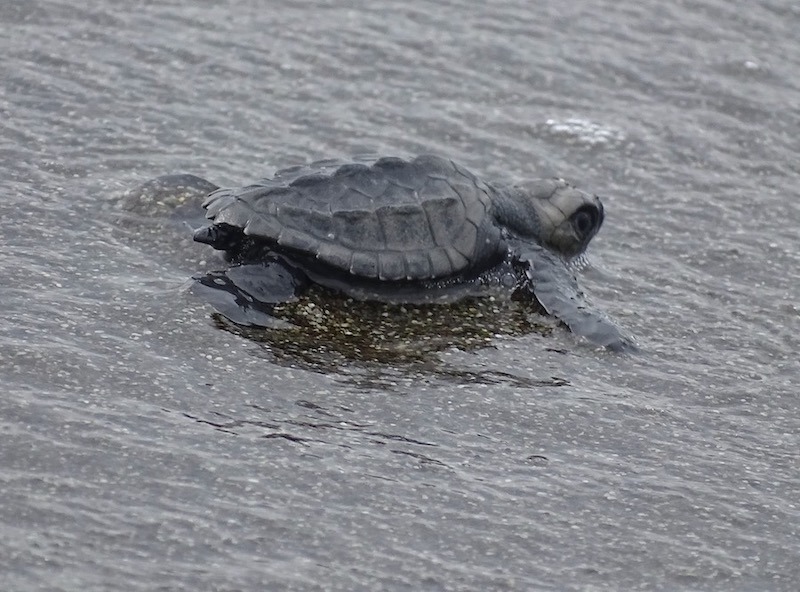

Threats to turtles
All turtles are in a state of threatened species, the lora is vulnerable and the rest are in a state of critical danger. In the 70s and 80s, Panama was the second country after Cuba that most exported hawksbill turtle to Japan. The keratin of the hawksbill turtle’s shell is used to make guitar nails, bracelets, earrings and lens rings. Before, fishermen went out to hunt turtles, this is not the case anymore, but when they get caught in other fisheries they do not return them to the ocean.
Ghost nets are another problem since they catch small animals and the turtles who enter looking for food get trapped. As they need to breathe they end up drowning. They also confuse plastic bags with jellyfish that are food for turtles, especially the leatherback.
When the turtles go out to nest and there are lights on the beach they feel attracted to the artificial light. The adult turtle revolves around the light until the morning when it finds its way to the sea. But neonates will not be able to reach the sea because they run out of the little food they have in reserve. People ride on turtles after they have nested to take pictures for social networks. In that part of their bodies they have their lungs and they are very tired. It is as if they were riding on a woman after giving birth.
Other problems are sand extraction on beaches and dogs that like to destroy turtle nests. Azuero culturally is very accustomed to eating turtle eggs. The community of Mata Oscura started the turtle conservation program so there are no problems with them, only with people from outside who are looking for eggs.
“Fundación Agua y Tierra”
The “Fundación Agua y Tierra” Identifies key turtle nesting points originally in Los Santos and then in the Azuero Peninsula. In the absence of officials, the role of nonprofit organizations is essential for turtle protection. In 2011 they settled on the Mata Oscura beach, which is a special area of coastal marine management. Originally it was only for scientific purposes but people became interested in the subject and they began offering tours with the Turtle Route.
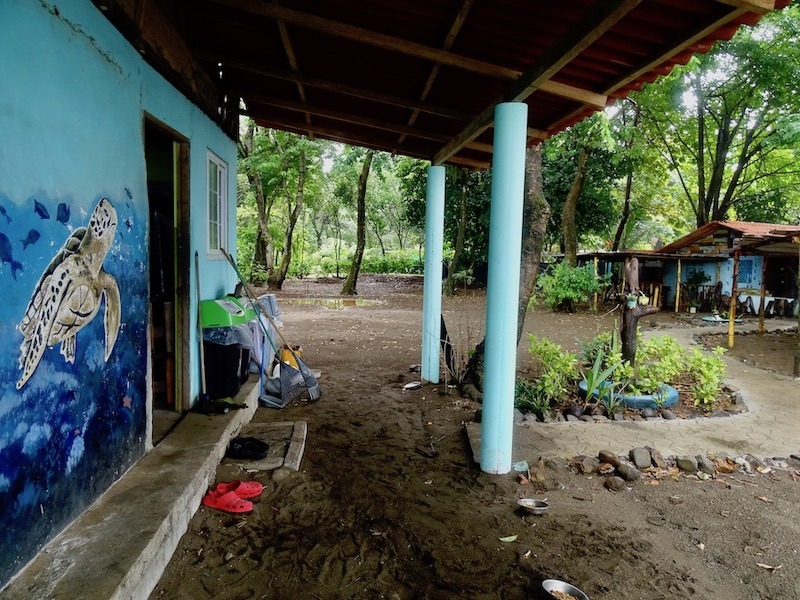
We went to the visitor center on a rainy morning where we were met by a young Ngäbe-Buglé named Diego. He gave us a very instructive talk about turtles that makes one more aware of their importance. Tourism can help conservation a lot. They work together with three community organizations: Mixed Environmental of Morillo and Mata Oscura, Conservationist Association of Playa Malena and Agro Pesca y Agrotouristic of Quebros and Russia. They receive volunteer tourism locally from the University of Panama and foreigners from the United States and Europe.
Turtle Route
There are two options to visit the Turtle Route, during the day or at night. If you can do both it is ideal. The turtle season runs from June to March but the best months to visit are September, October and November when you can see nests and releases of newborns. Mata Oscura is a lonely nesting beach, which receives between 120-160 nests per year, just like Playa Malena. There is only one massive arrival beach in Panama that is La Marinera. Before, Isla Cañas was, but not anymore.
During the night you walk along the lowest part of the beach at low tide, looking for the nesting females. The same turtles are not sought, only their trail to identify the species. Then the biometric data is taken, the eggs are collected and planted in the nursery. Many times you are lucky enough to see the turtles while they spawn.
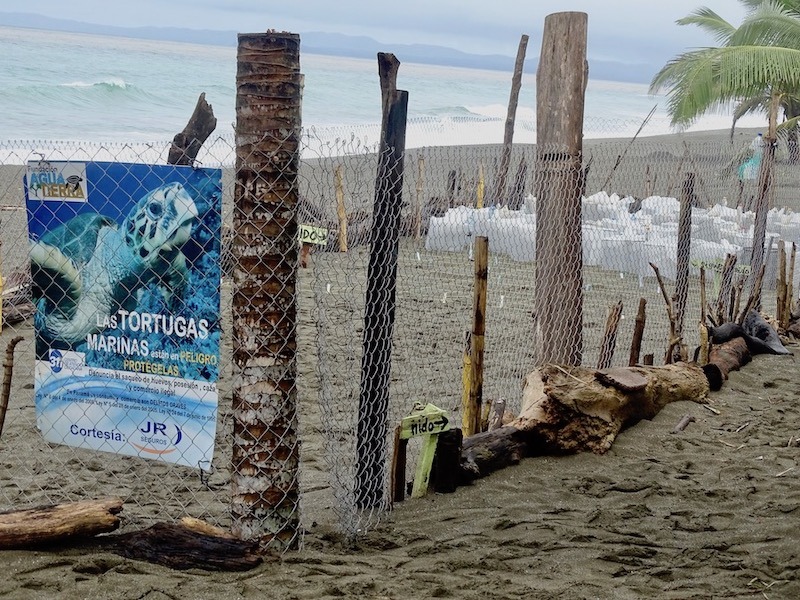
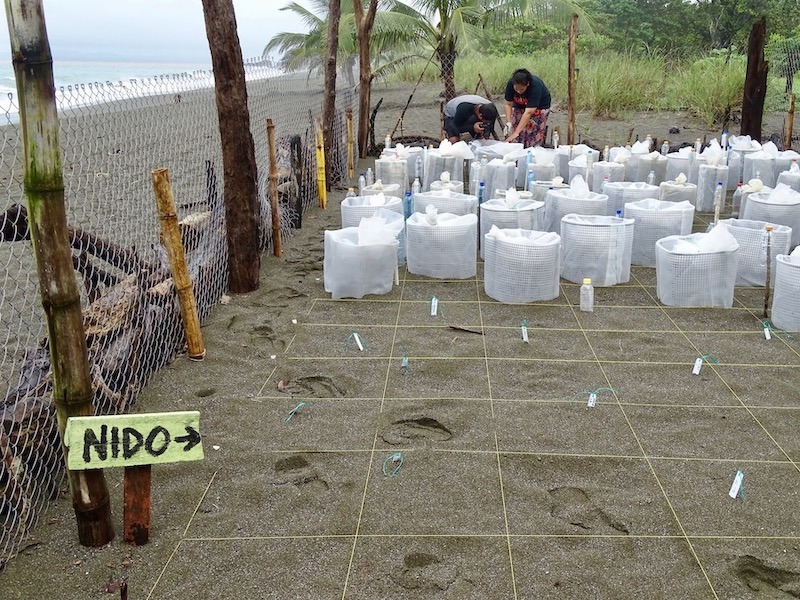

The eggs take between 50 to 60 days to incubate but it is impossible to know the precise moment of birth. One or two days before they are born, a hole is formed and the heads of the turtles appear. They are released at the moment, since the food reserve runs out very fast. When we went we were lucky that about five turtles were born, which we released into the ocean. I hope they survive.
Trail of Waterfalls

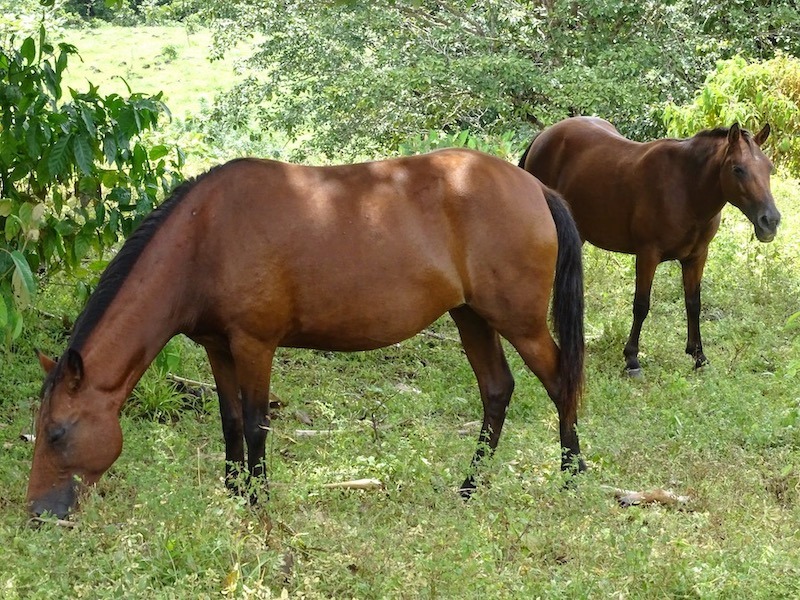

The flora is very dense, everything has vibrant green colors with flowers that mix between the bushes and the trees.
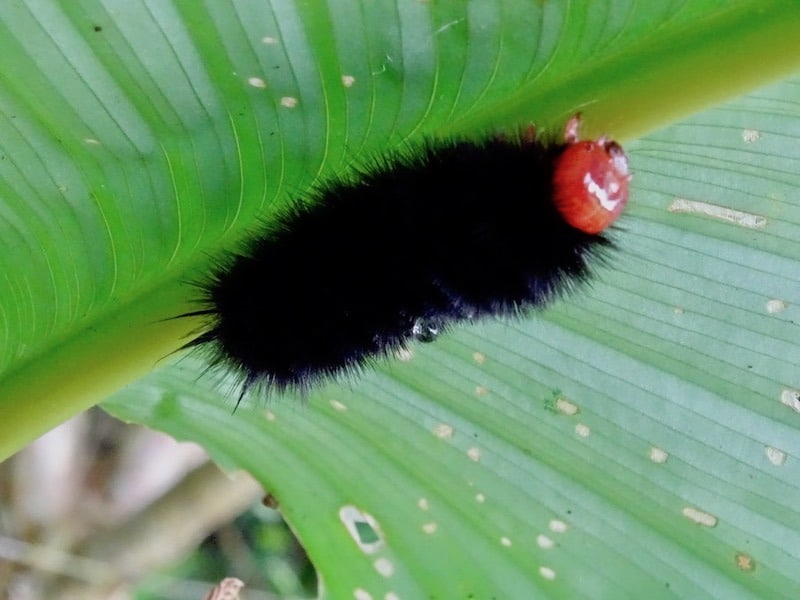
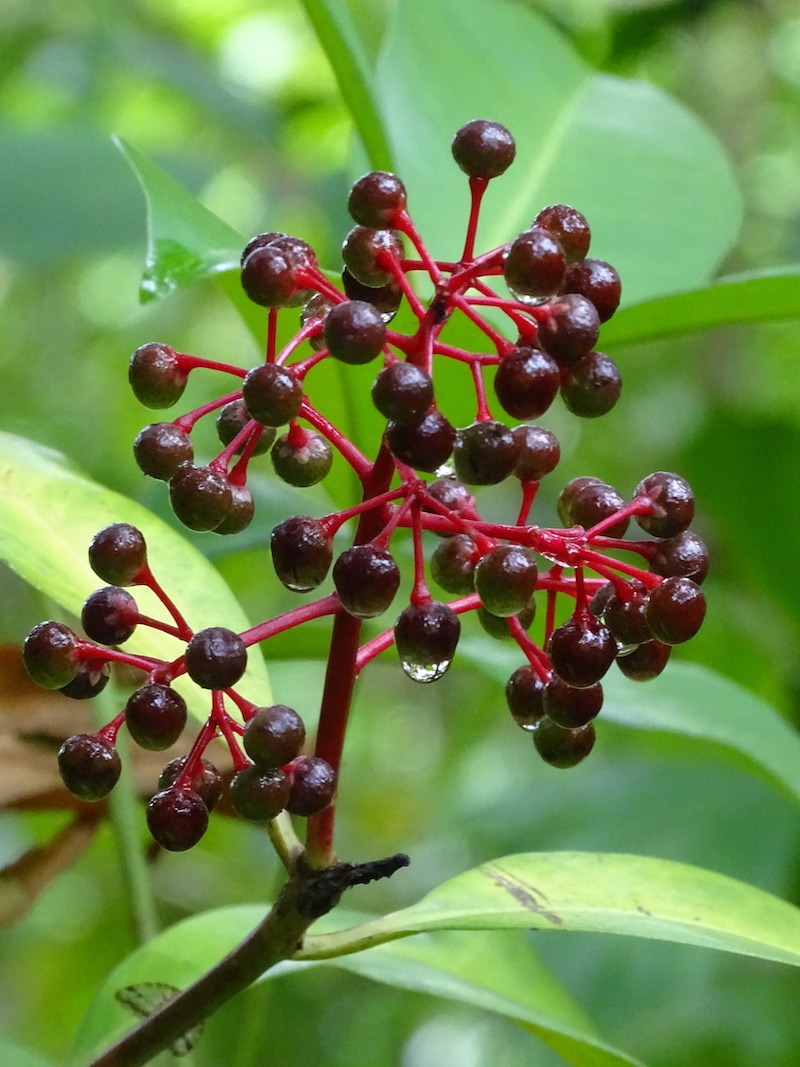

If you climb beyond the first waterfall you should pay attention to see small black frogs with green dots that adorn the path. It is necessary to have moderate physical conditions to continue climbing as it is required to use ropes.

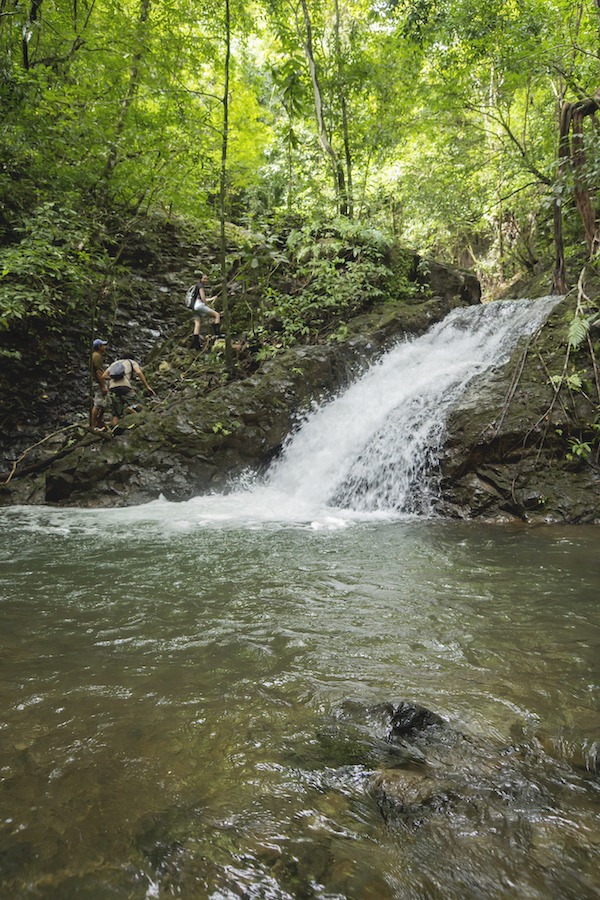
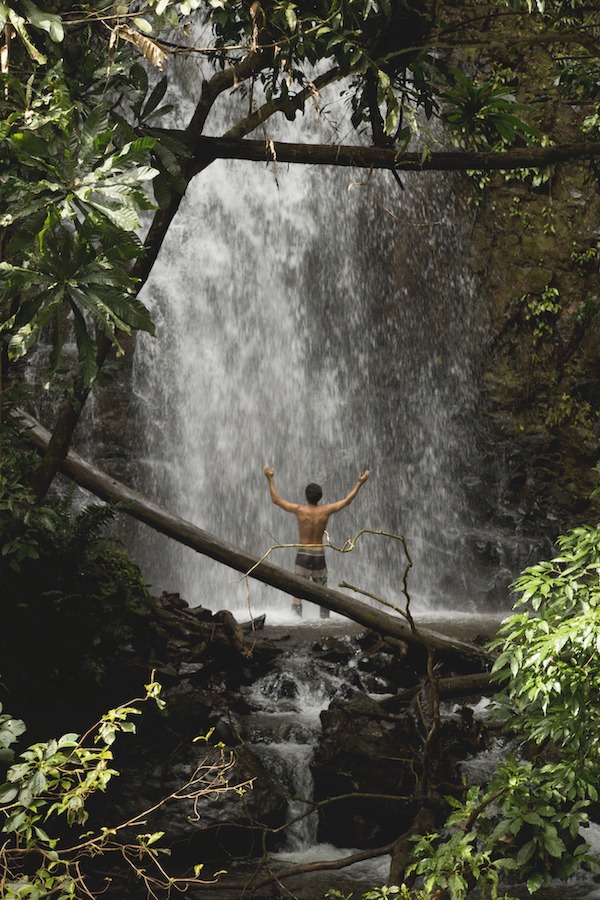
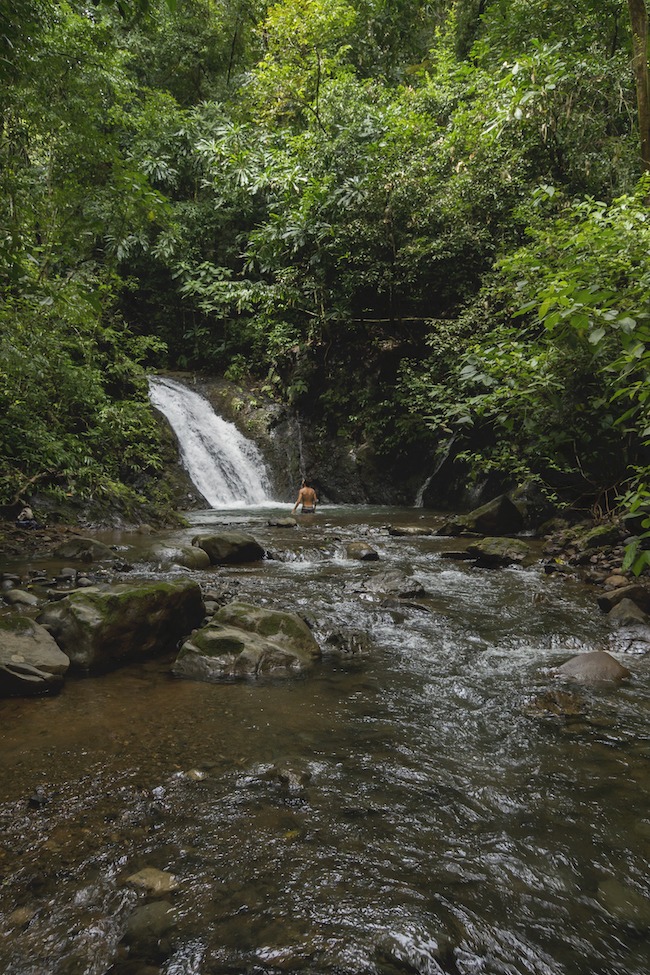
It is possible to stay there as they have a lodging called “Canta Rana” as frogs sing a lot. Apart from a flora and fauna preservation center that was donated by UNDP with nine bunk beds for 18 people.
Mangroves of Russia
The mangroves of Russia are incredibly beautiful. You’ll want to take lots of pictures in this protected area. Diego, our turtle guide, accompanied us to walk them. Although it had rained a lot we did not get muddy since it has concrete blocks that you can step on in the transition part between the coastal zone and the mainland.
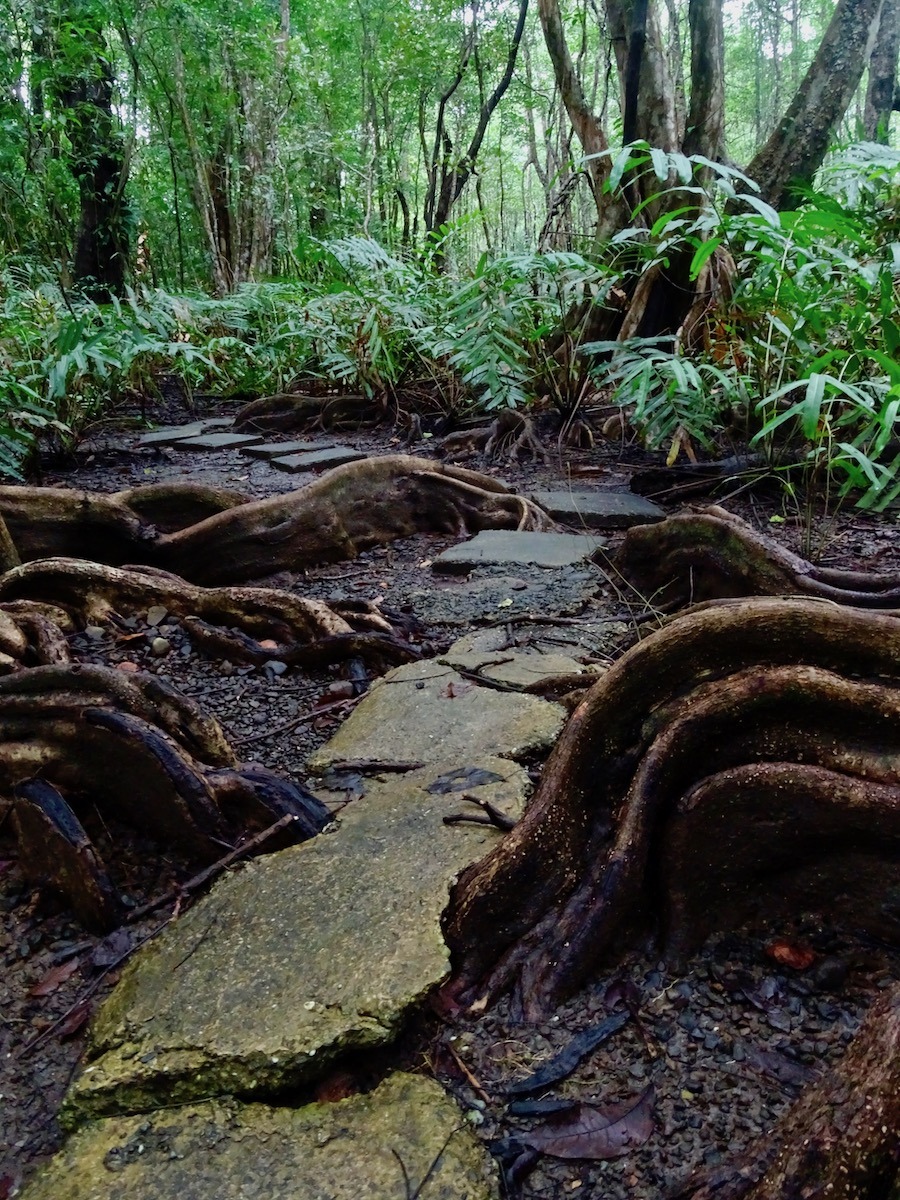
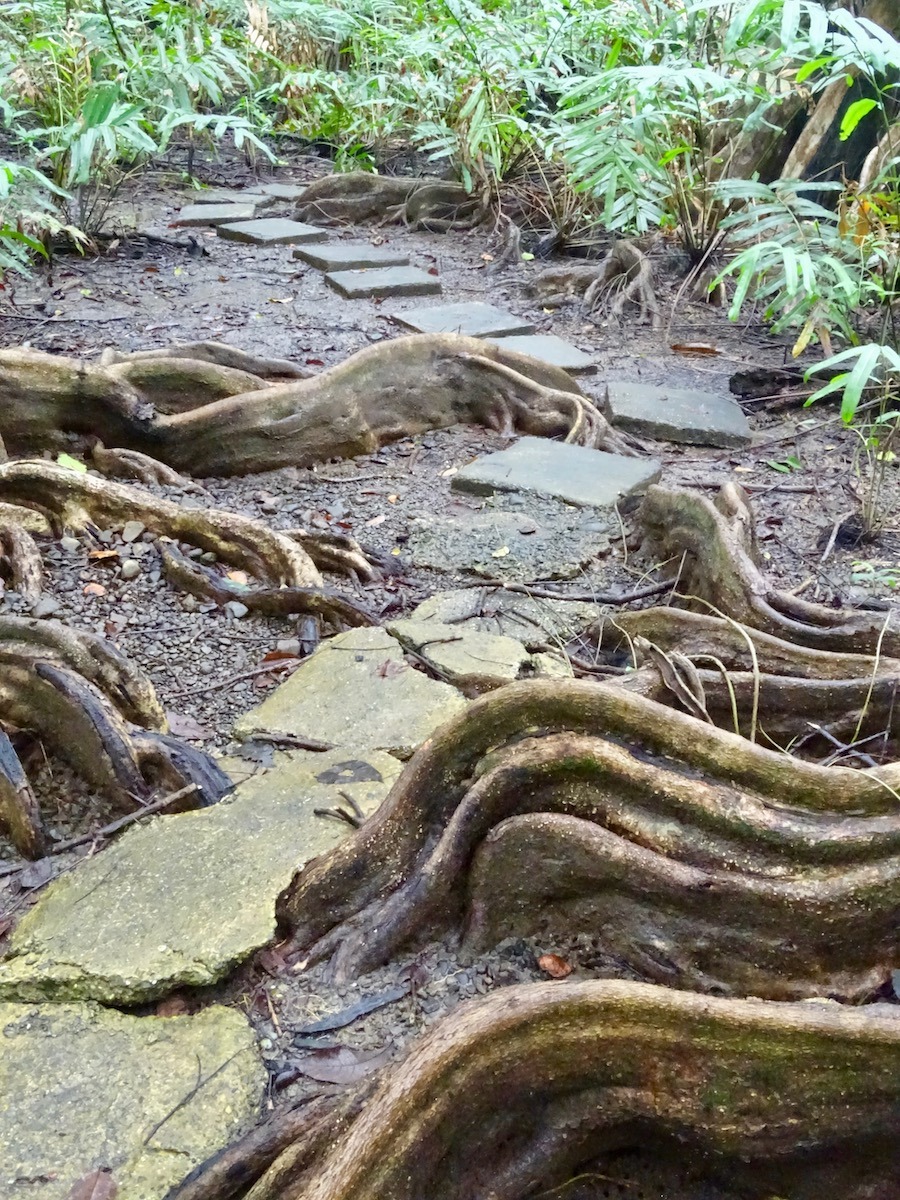
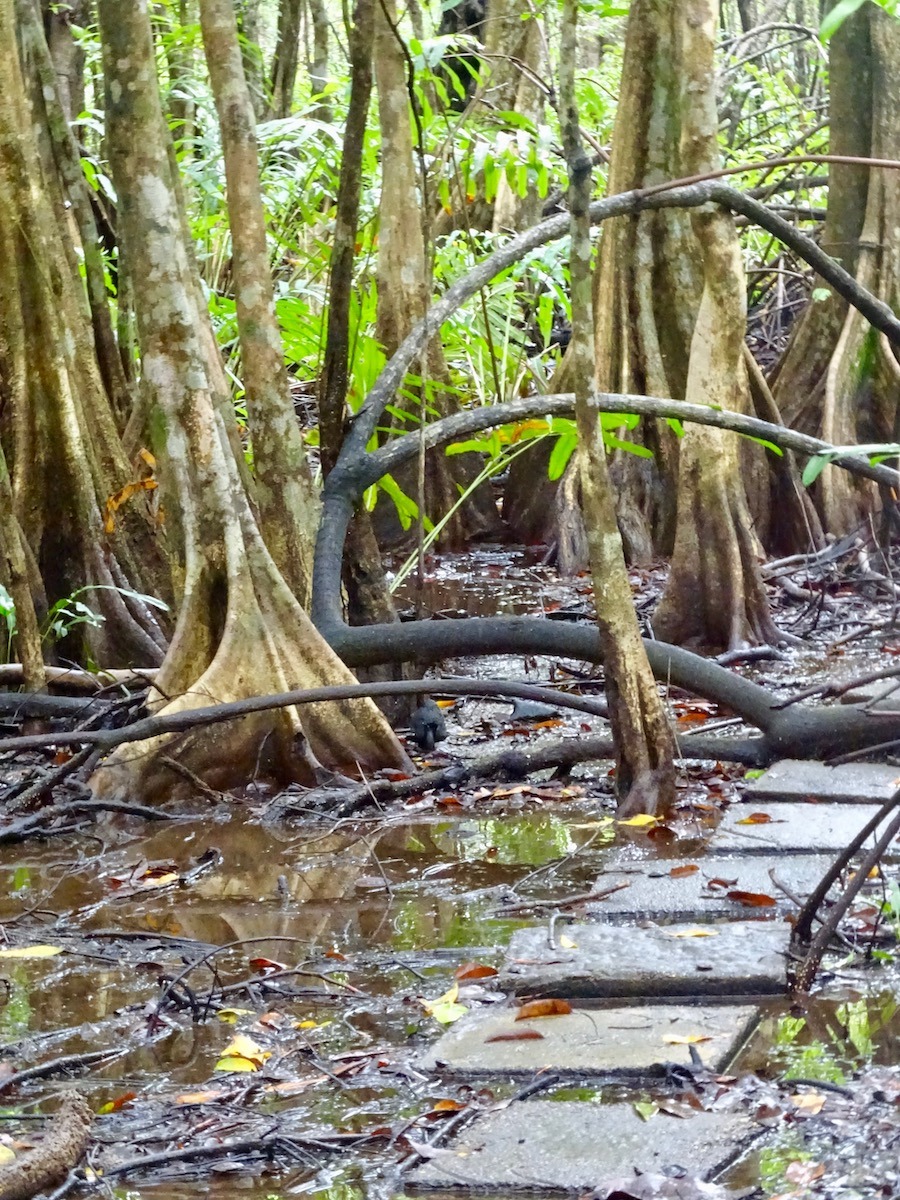
Besides, it has an elevated bridge that runs through part of the mangrove that floods which was where we went in kayaks with Secundino the next day. The kayak ride takes between an hour and a half to two depending on how much you want to travel and how fast you go. You end up on the beach where they pick up the kayaks and take you to the beginning. This can only be done at high tide.
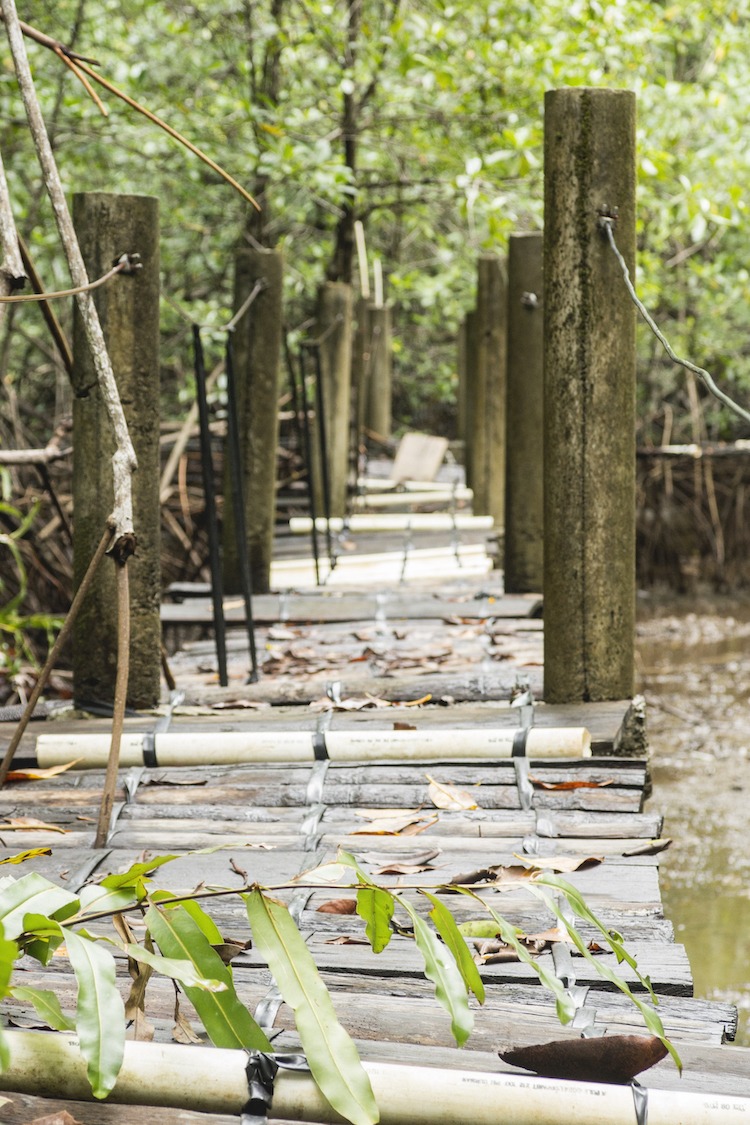

Mangroves are Important
Mangroves are extremely important. We are threatened with strong winds and hurricanes if we do not have a natural barrier such as mangroves. In addition, mangroves serve as a natural barrier from the mainland to the coast. As deforestation increases, the mountains run out of trees that tie the earth to its roots, when it rains heavily the mountain is washed and the mud goes down. The mangrove retains the passage of that mud so that it does not reach the sea. If it arrives, the species suffocate due to lack of oxygen. When we were releasing the turtles, the whole sea had a chocolate stain due to heavy rains.
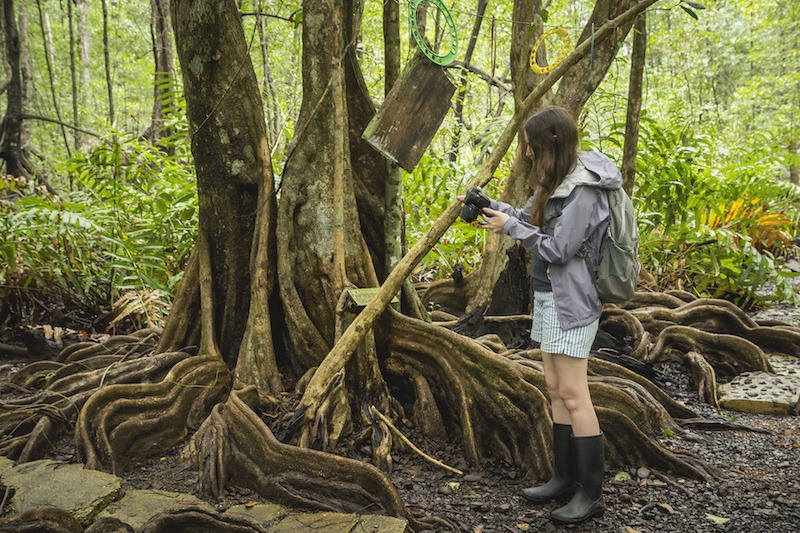
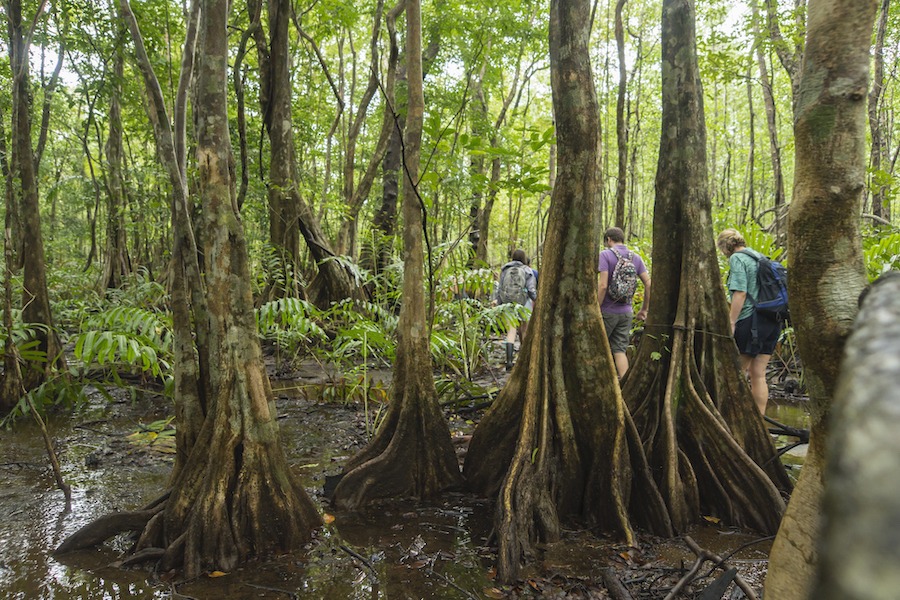

There are plants that do not tolerate the amount of salinity that the ocean produces. When the waves break they release a salty air that is absorbed by the mangroves. This benefits the other plants that do not tolerate it since the mangrove is in its path. The leaves of the plants that did not evolve are burned as you can see a little in the ferns during the tour.
Life in the mangroves
Seven species of mangroves live in this area, in addition to five types of associated vegetation including ferns, cork tree, “sangrillo” and “calabazuelo”. The mangrove captures three times the carbon dioxide that the mainland ground trees which do not absorb so much due to lack of moisture. The large amount of moisture in the mangroves causes the leaves to decompose faster and faster.
If the mangroves are cut down everything that has been captured so far would be released, adding greenhouse gases and contributing to global warming. The good thing is that mangroves can be reforested as they are doing in the next community with seeds in a nursery. The people of the area use mangroves to take advantage of their wood and look for crabs and shells. In other areas like Chame they take out coal and produce honey.
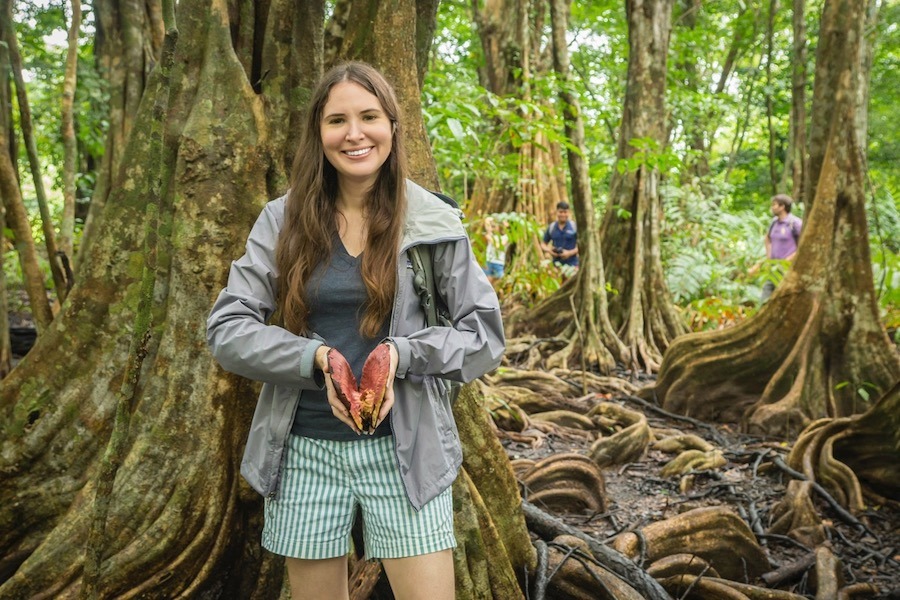

The hammerhead shark uses the area to leave its species in a larval state. When they are born they feed on smaller animals until they reach the juvenile state and go to the sea. There is a lot of wildlife in the mangroves of Panama including mammals such as otters, single cats or raccoons, howler monkeys and white-faced monkeys. Reptiles like crocodiles and boas, as well as amphibians like green frogs. The list of birds is endless including toucans, parakeets and nightingales.


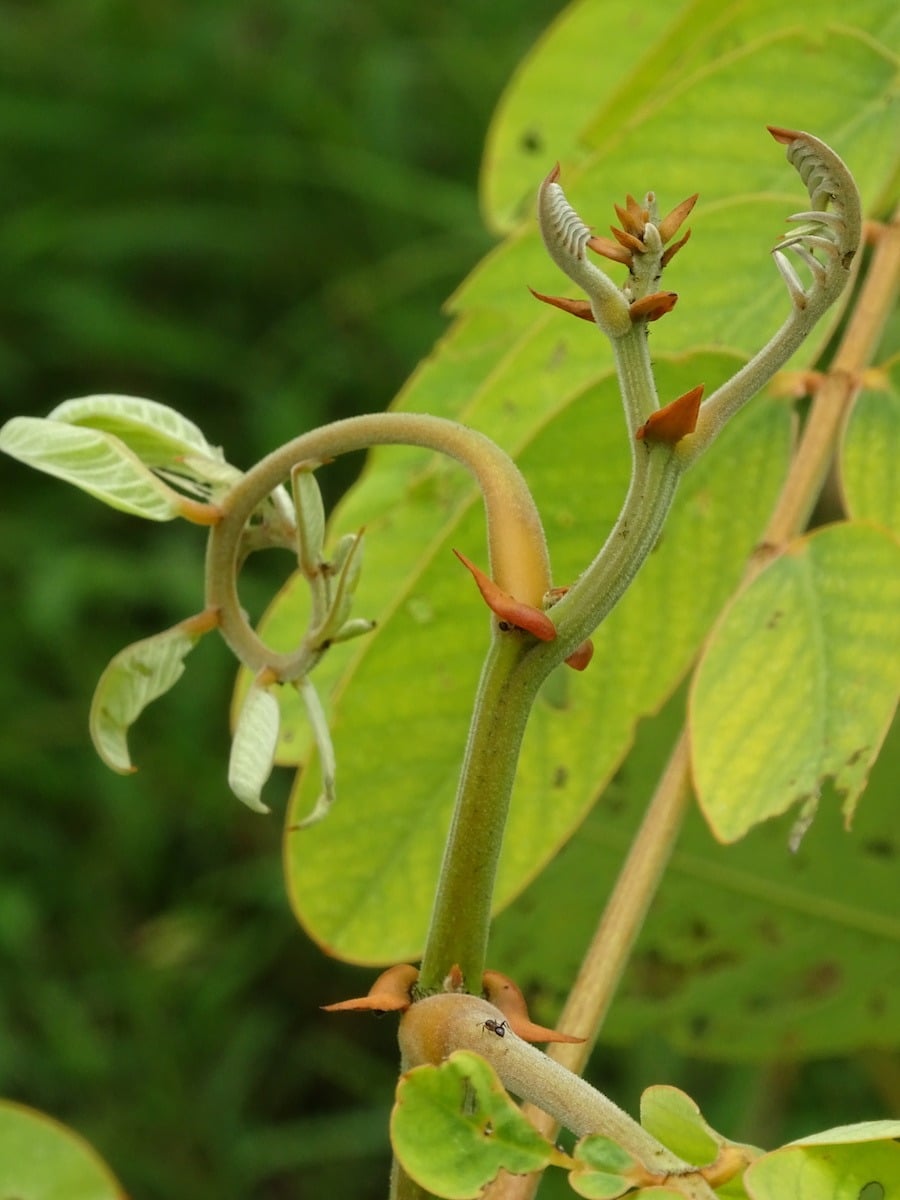
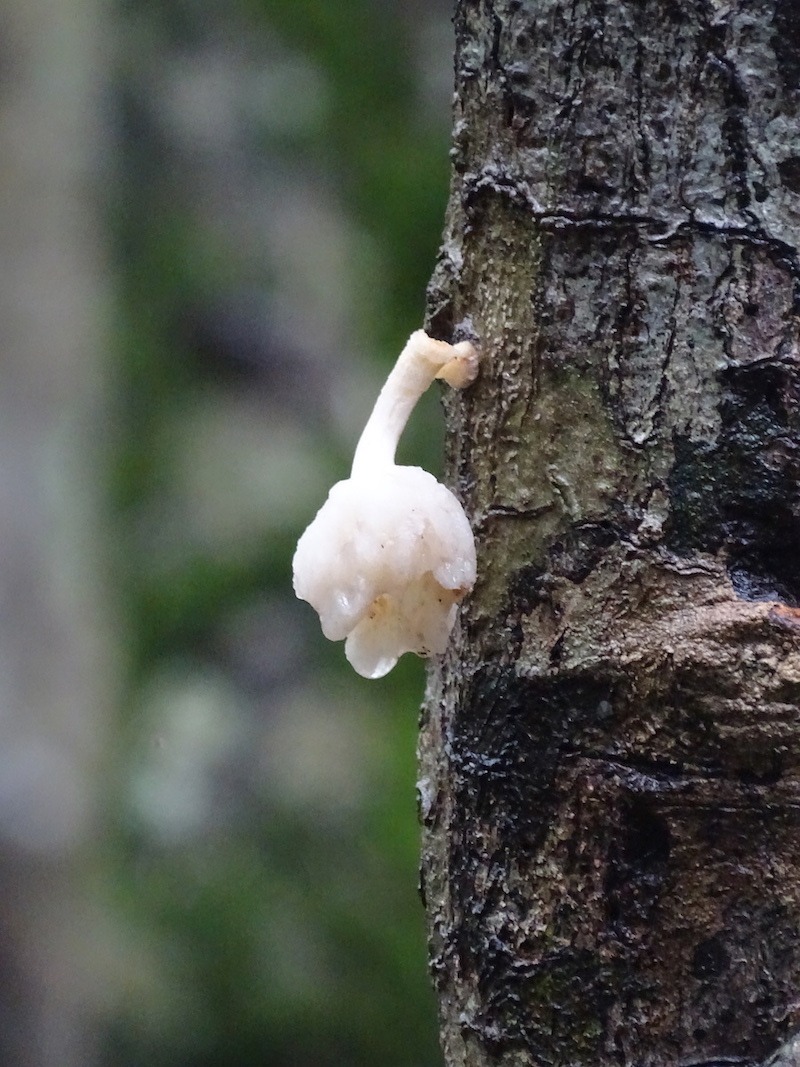
This area in Torio is starting a local tourism chamber in conjunction with the Veraguas tourism chamber. Those who want to visit the Turtle Route receive a list with all the options and according to the interest and the time it is decided what to do.
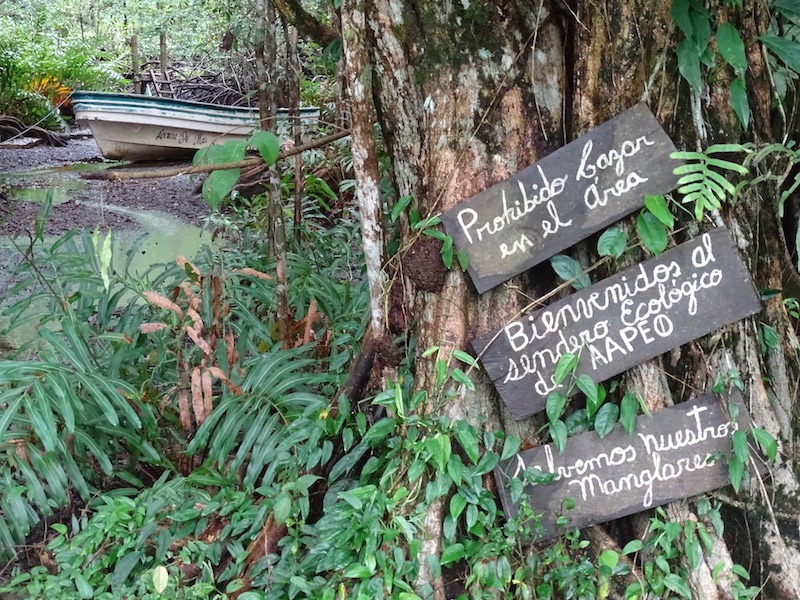
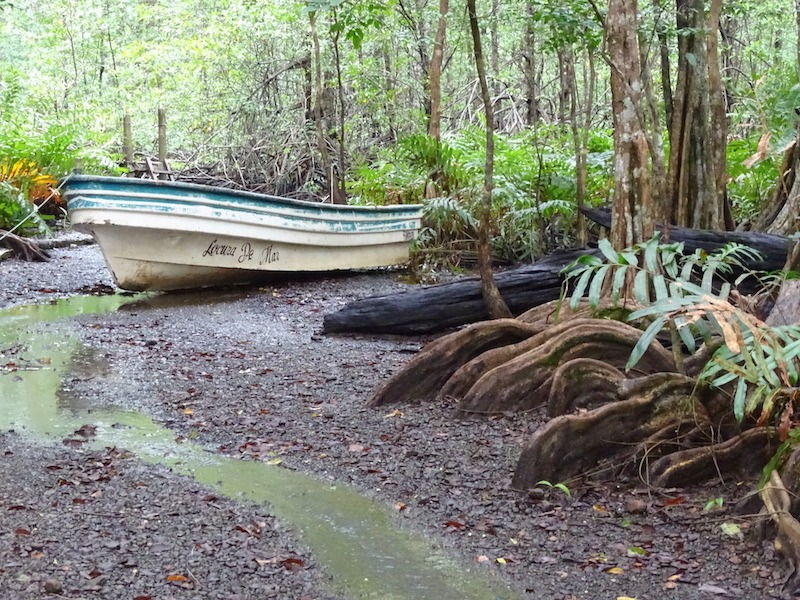
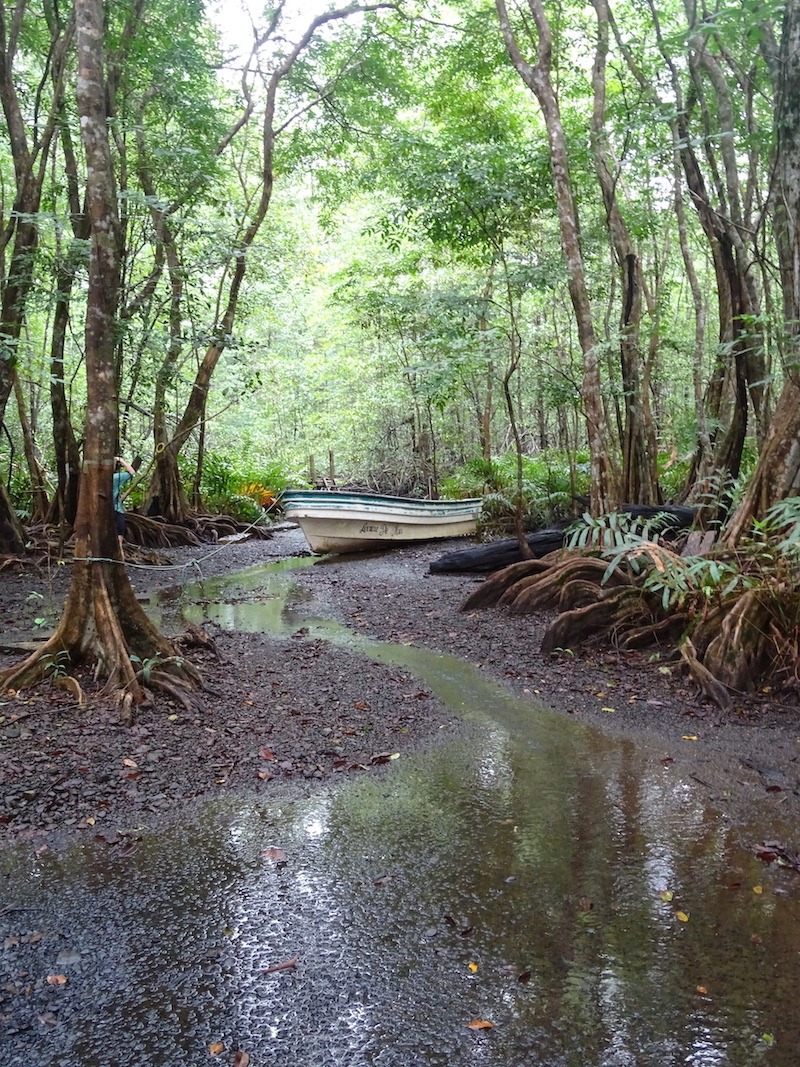
Contacts:
- Waterfalls and Kayaks: Evelia de Peralta +507 6211-1466
- Malena Turtles Project: Ana Gonzalez +507 6865-8908
- Fundación Agua y Tierra: Jacinto +507 6982-0558 (Turtle Route)
- Torio Hills: www.torio-panama.com / @torio.panama / in**@to**********.com


